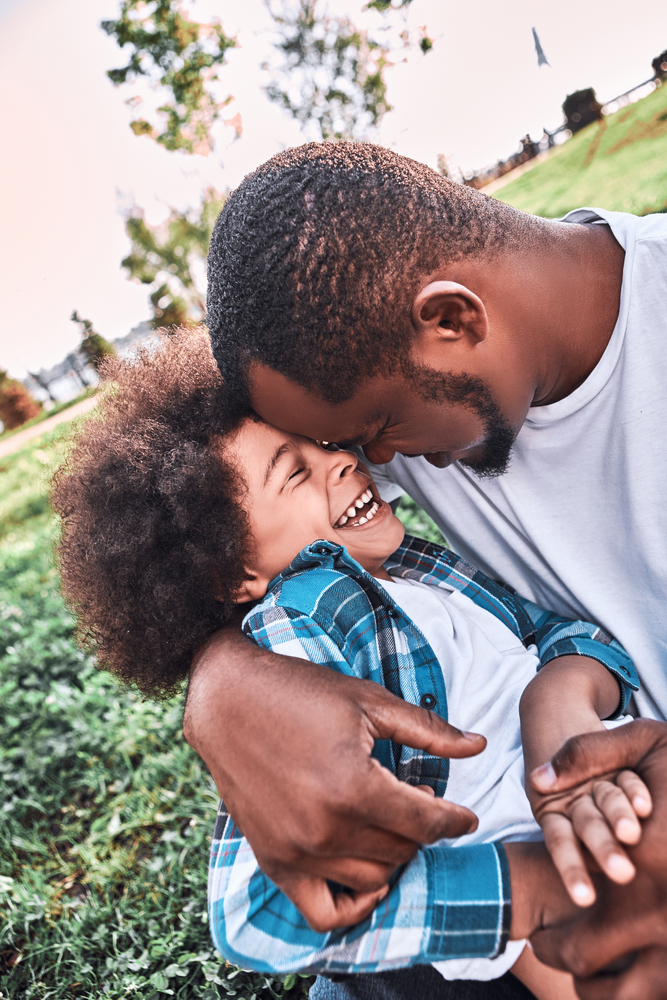Some portraits make you stop and stare. You feel something—joy, vulnerability, strength—even if you’ve never met the person in the frame. That’s the power of an authentic expression. It can transform a technically good photo into a lasting emotional connection.
Too often, portrait photography gets reduced to stiff poses and fake smiles. But the best portraits go deeper. They reveal the truth. Real emotion. A spark of who someone really is. If you’re looking to improve your portrait work, learning how to capture honest, natural expressions is one of the most important skills you can develop.
In this article, I’ll walk through practical tips and techniques to help you create a relaxed environment, connect with your subject, and capture genuine emotion in every shot. These tips are for beginners, experienced photographers, and everyone in between. No matter where you’re at in your photography journey, these strategies will help you elevate your portrait photography.
Table of Contents
- Create a Comfortable Environment
- Build Trust and Rapport
- Give Direction Without Over-Posing
- Use Humor and Conversation Strategically
- Observe and Anticipate
- Timing Is Everything: Shoot at the Right Moments
- Post-Processing That Preserves Emotion
- FAQ: Authentic Expressions in Portrait Photography
Create a Comfortable Environment
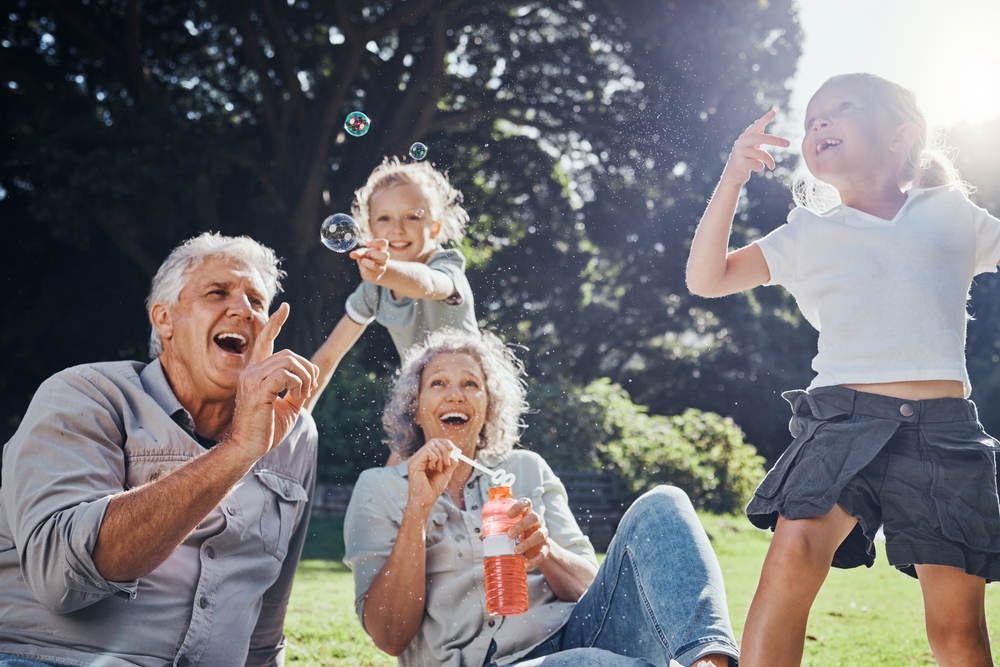
Photo by PeopleImages.com – Yuri A via Shutterstock
Portrait photography starts long before you press the shutter. One of the best ways to capture authentic expressions is to create a space where your subject feels safe and relaxed. If someone is nervous, self-conscious, or uncomfortable, that will show up in the photo.
Start by choosing a location that suits the person you’re photographing. Sometimes a studio works great, but other times a natural setting like a park, backyard, or even their home can lead to better results. Familiar surroundings make people feel more at ease.
Set the tone with music, soft lighting, or a casual setup. Try to avoid rigid gear setups that feel intimidating. The more relaxed the environment, the more likely your subject will drop their guard. Remember, you’re not just taking a photo. You’re creating an experience.
One thing I’ve found helpful is showing my subjects a few of the early shots on the back of the camera. When they see how good they look, it often gives them a big confidence boost.
Build Trust and Rapport
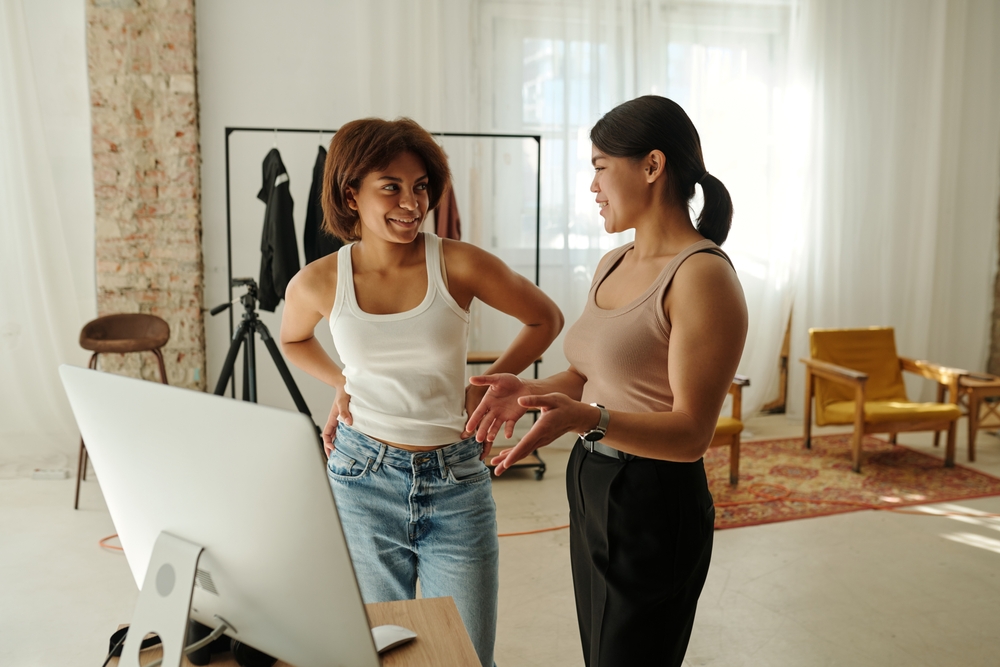
Photo by AT Production via Shutterstock
Genuine expressions come from trust. That’s why it’s so important to connect with your subject before and during the shoot. Ask questions. Get to know them. Make them feel seen—not just as a model, but as a person.
Spend time chatting before you pick up the camera. Find out what they love, what makes them laugh, what makes them proud. This kind of casual conversation helps you understand how to bring out their true personality.
If you’re doing a client session, walk them through your process before the shoot. Let them know what to expect. The more they feel prepared and understood, the more relaxed they’ll be in front of your lens.
Even during the shoot, keep talking. Comment on how the light looks, praise something they’re doing well, or just make small talk. If you act like a friend, they’ll respond like one.
Give Direction Without Over-Posing
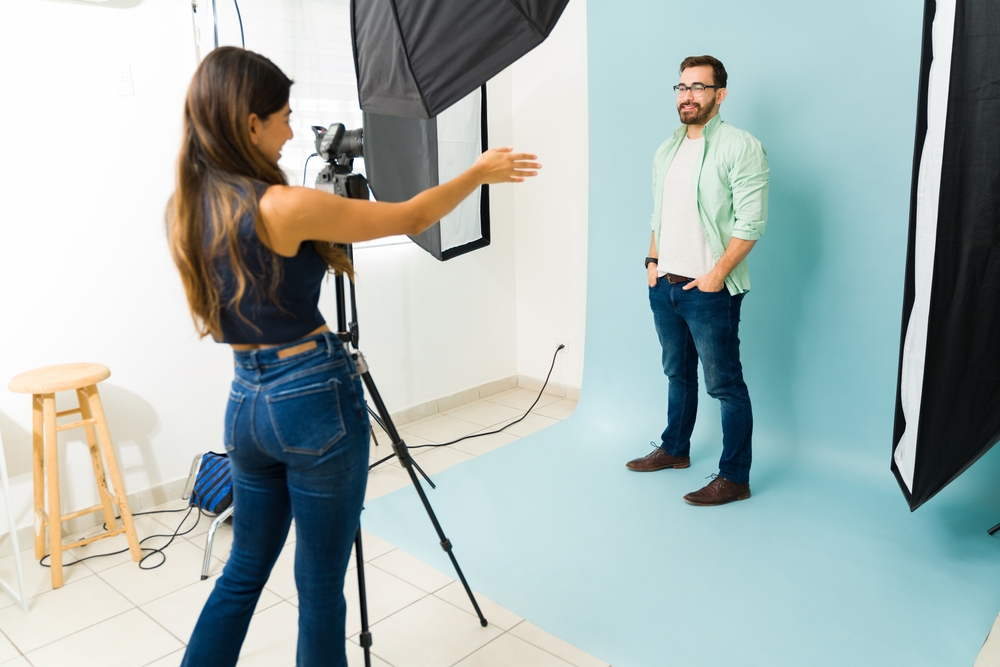
Photo by antoniodiaz via Shutterstock
Many photographers struggle with giving direction. Too much posing can lead to stiff, lifeless photos. Too little can leave your subject feeling unsure. The key is to guide your subject without micromanaging every move.
Instead of barking out instructions, offer prompts. Ask them to look past the camera and think of someone they love. Have them shift their weight or slowly walk toward you. These natural movements lead to more relaxed, organic expressions.
Demonstrate poses if you need to. This not only gives them a visual cue, but it often gets a laugh—another great opportunity for a candid shot. Keep your language casual and encouraging. Say things like, “That’s great, keep going,” or “Try that again but with a soft smile.”
The best portrait photography comes from letting your subject feel free to be themselves, not forcing them into a mold.
Use Humor and Conversation Strategically
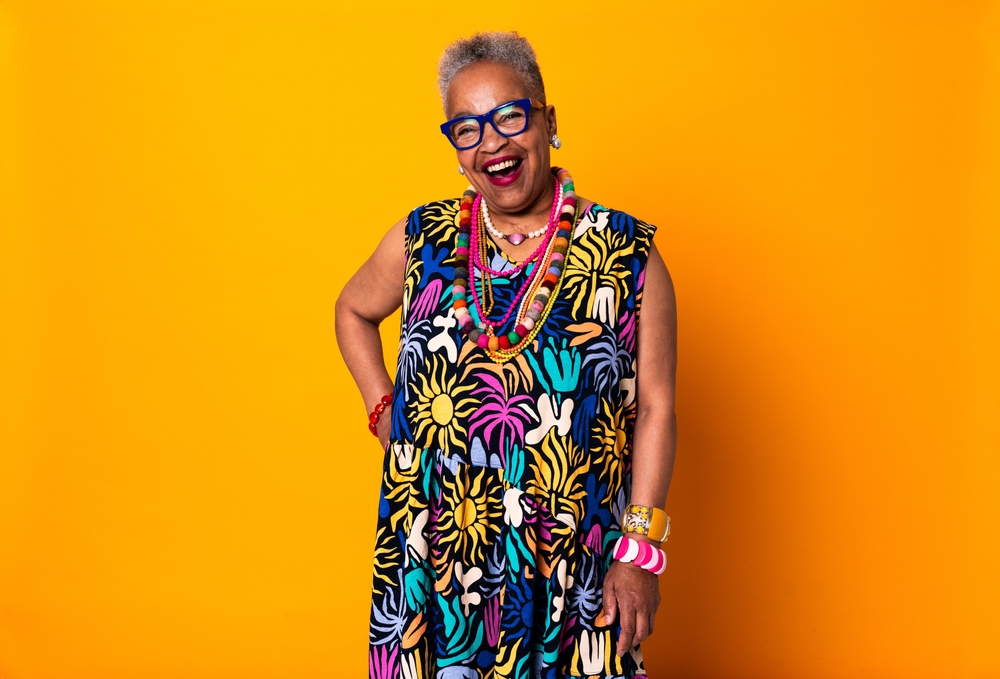
Photo by oneinchpunch via Shutterstock
Laughter is one of the most authentic expressions you can capture in portrait photography. But it has to be real. Forced smiles never work. So don’t just say, “Smile.” Give them a reason to laugh.
Tell a funny story. Share something embarrassing you’ve done. Use gentle, friendly teasing if the mood allows. I’ve found that asking someone to make their “goofiest face” almost always leads to a genuine, beautiful expression the moment afterward.
Keep the energy light. If someone seems tense, shift gears and make the session feel like a fun hangout rather than a formal shoot. Your goal is to create moments, not just poses.
Also, pay attention to how your subject responds to different types of conversation. Some people open up with jokes. Others respond to quiet, reflective questions. Tailor your approach to their personality.
Observe and Anticipate
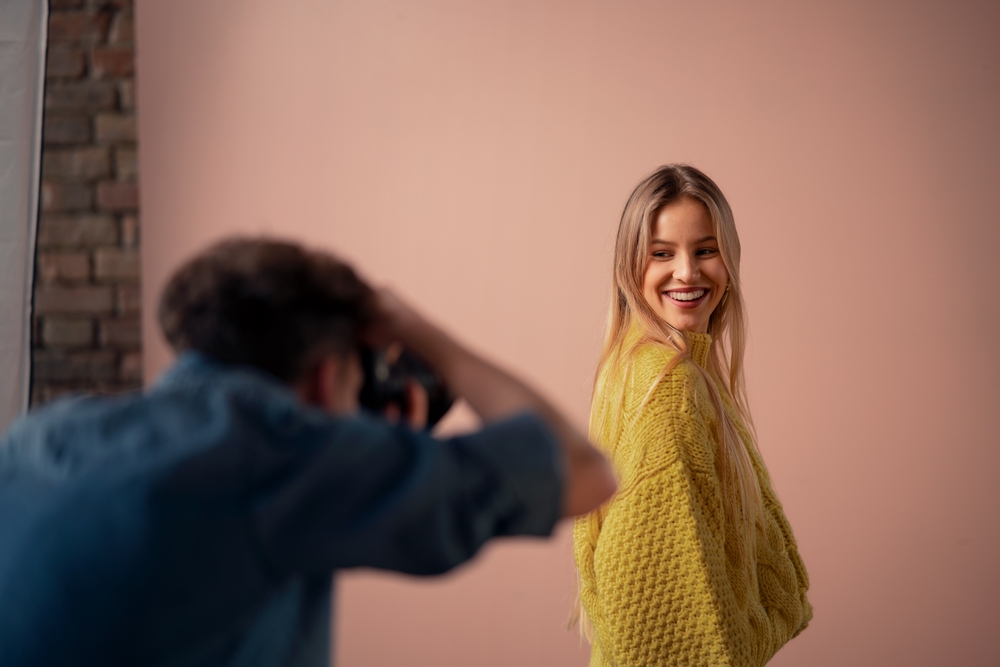
Photo by Halfpoint via Shutterstock
Portrait photography is not just about what’s in the viewfinder. It’s also about what’s happening in between the shots. The best moments often happen when your subject thinks you’re not shooting.
Watch closely. When they relax, look down, or share something personal, that’s your moment. Be ready. Keep your finger on the shutter, but don’t just blast through frames. Be intentional. Sometimes I’ll wait in silence for a few seconds. The pause creates space—and that space often leads to the most honest photos.
Also, learn to read body language. Tight shoulders, crossed arms, or clenched hands can be signs of discomfort. Make adjustments as needed. Offer breaks, or shift the pose to help them reset.
Anticipating emotion is a skill. The more you practice, the more intuitive it becomes.
Timing Is Everything: Shoot at the Right Moments
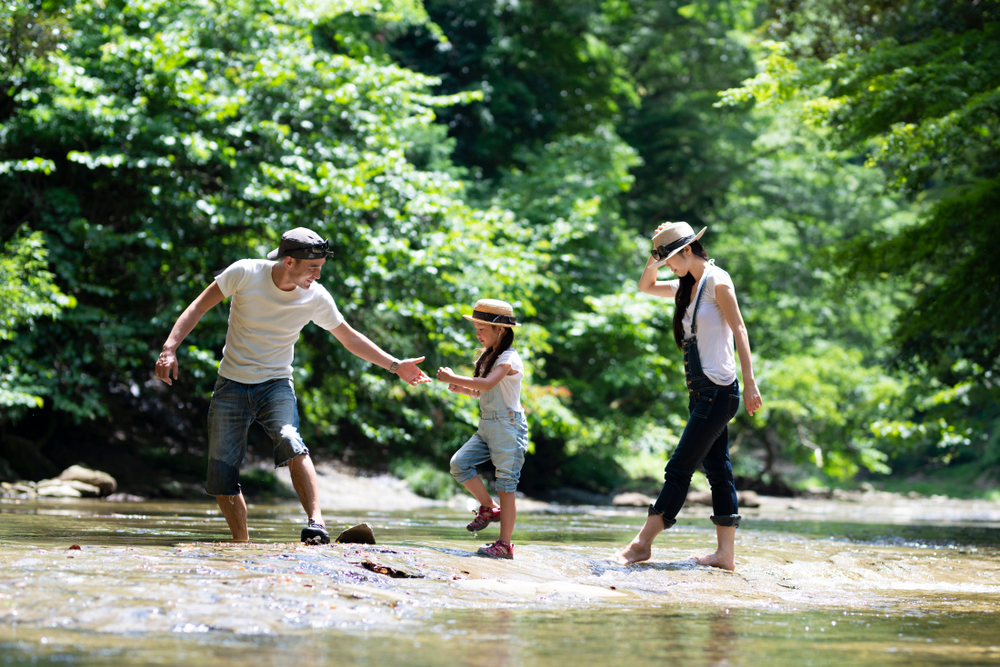
Photo by Hakase_420 via Shutterstock
Good timing is what separates snapshot-style portraits from ones that feel alive. Knowing when to press the shutter is just as important as how you set up the shot.
Sometimes I use burst mode during moments of laughter or movement. But I also believe in being deliberate. Spraying and praying rarely leads to magic. Instead, wait for a spark. A glance. A subtle shift in expression. That’s your cue.
Give your subject room to breathe. Don’t shoot every second. Sometimes, putting the camera down for 30 seconds creates space for a real moment to happen. Then pick it back up quietly and capture what unfolds.
Trust your instincts. You’ll feel the moment before you see it.
Keep Reading: The Art of Child Portrait Photography
Post-Processing That Preserves Emotion
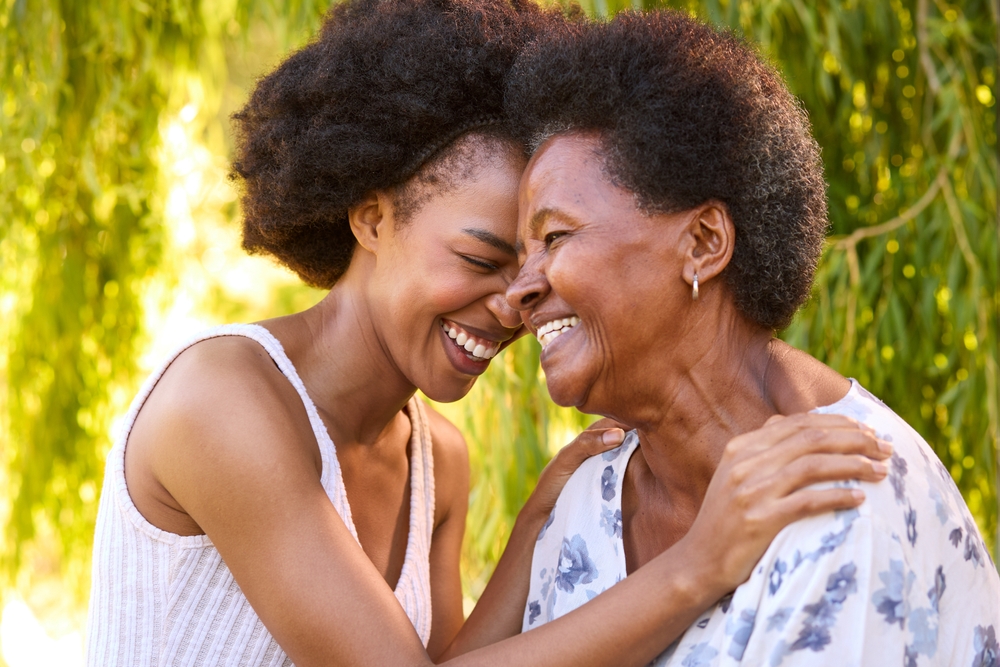
Photo by Monkey Business Images via Shutterstock
Editing is the final step in portrait photography, but it’s just as important when it comes to capturing authenticity. The goal is to enhance the photo without removing what makes it feel real.
Keep retouching light. Remove blemishes or distractions, but don’t over-smooth skin. Keep texture. Keep expression lines. These are part of the story. Overediting can make portraits feel plastic and distant.
Color grading is another powerful tool. Use warm tones to enhance connection or cool tones for a moodier feel. Just don’t go overboard. Let the emotion in the expression do most of the work.
Remember: a great portrait doesn’t need to be perfect—it just needs to be real.
FAQ
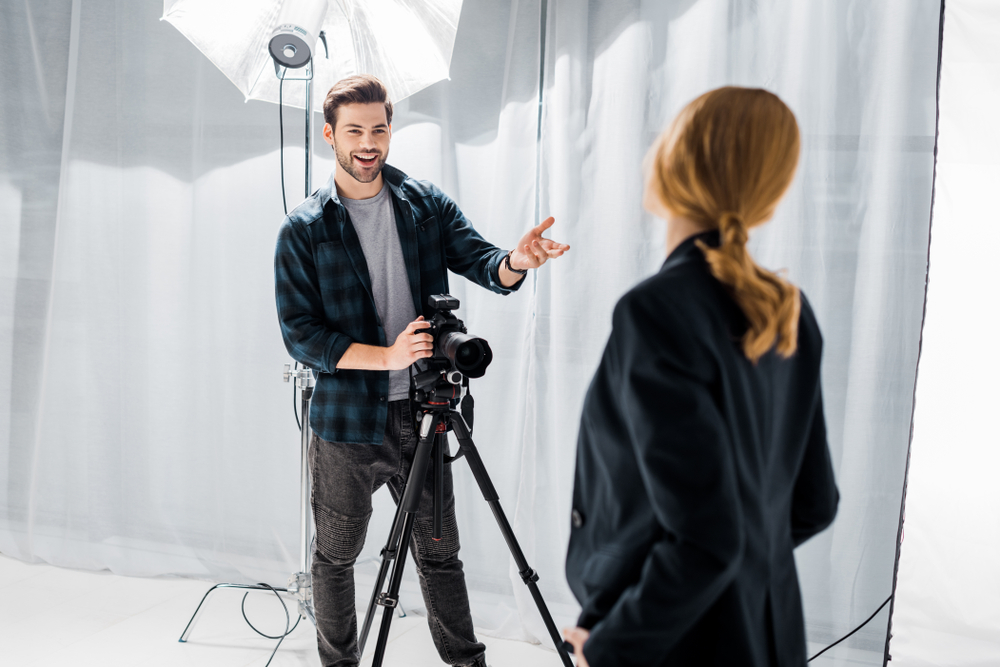
Photo by LightField Studios via Shutterstock
How do I make my subject feel comfortable during a shoot?
Start by having a friendly conversation before you even lift the camera. Use casual, relaxed body language and keep the tone light. Playing music, offering water, or simply chatting can help break the ice. The more at ease your subject feels, the more likely they are to show genuine emotion in front of the lens.
What camera settings work best for portrait photography?
Use a wide aperture like f/1.8 or f/2.8 to create a shallow depth of field that keeps your subject sharp while softly blurring the background. Keep your shutter speed fast enough to avoid motion blur, especially if you’re capturing candid expressions. ISO should stay as low as possible to reduce noise while maintaining proper exposure.
Should I use props or just focus on the subject?
Props can be helpful if they serve a purpose or add meaning to the portrait, such as a musician holding their instrument or a child with their favorite toy. But in most cases, keep props simple and relevant so they don’t distract from the expression or overall emotion of the photo.
How much should I retouch a portrait?
Keep retouching light and natural. Remove temporary blemishes or distractions, but leave permanent features like freckles, smile lines, and skin texture intact. These details tell a story and make the portrait feel real. Over-editing can erase the authenticity you’re working so hard to capture.
Is it okay to ask someone to fake a laugh or expression?
It’s usually better to prompt real emotions through conversation or humor. Asking someone to “fake a laugh” often leads to awkward results. Instead, ask engaging questions, tell a funny story, or guide them through a moment that brings out a natural reaction.
Heads up: Clicking on our affiliate links and exploring our sponsored content helps us at no extra cost to you, and we only recommend gear we’re absolutely crazy about!
Learn More:
Hero photo by AT Production via Shutterstock

